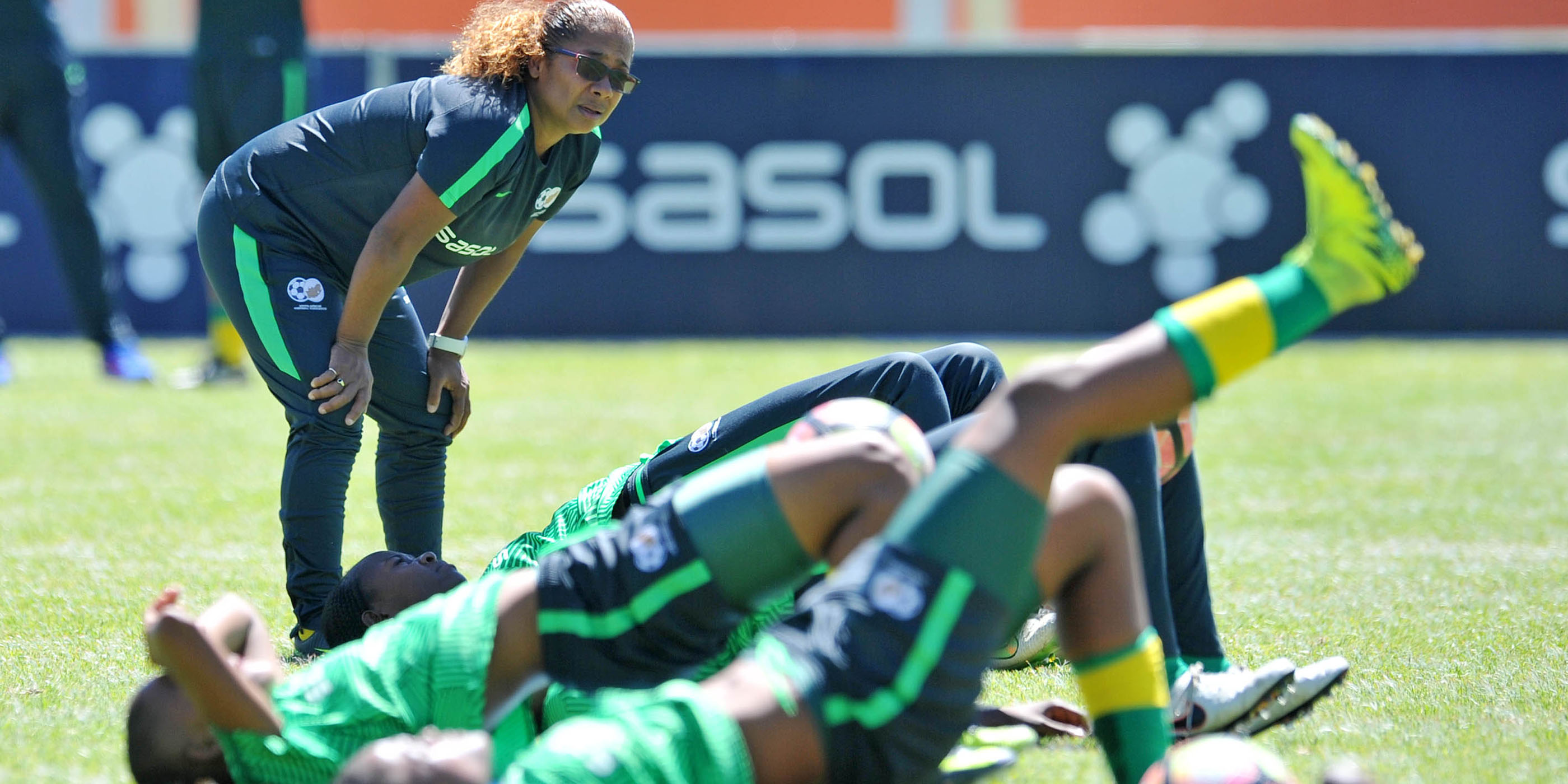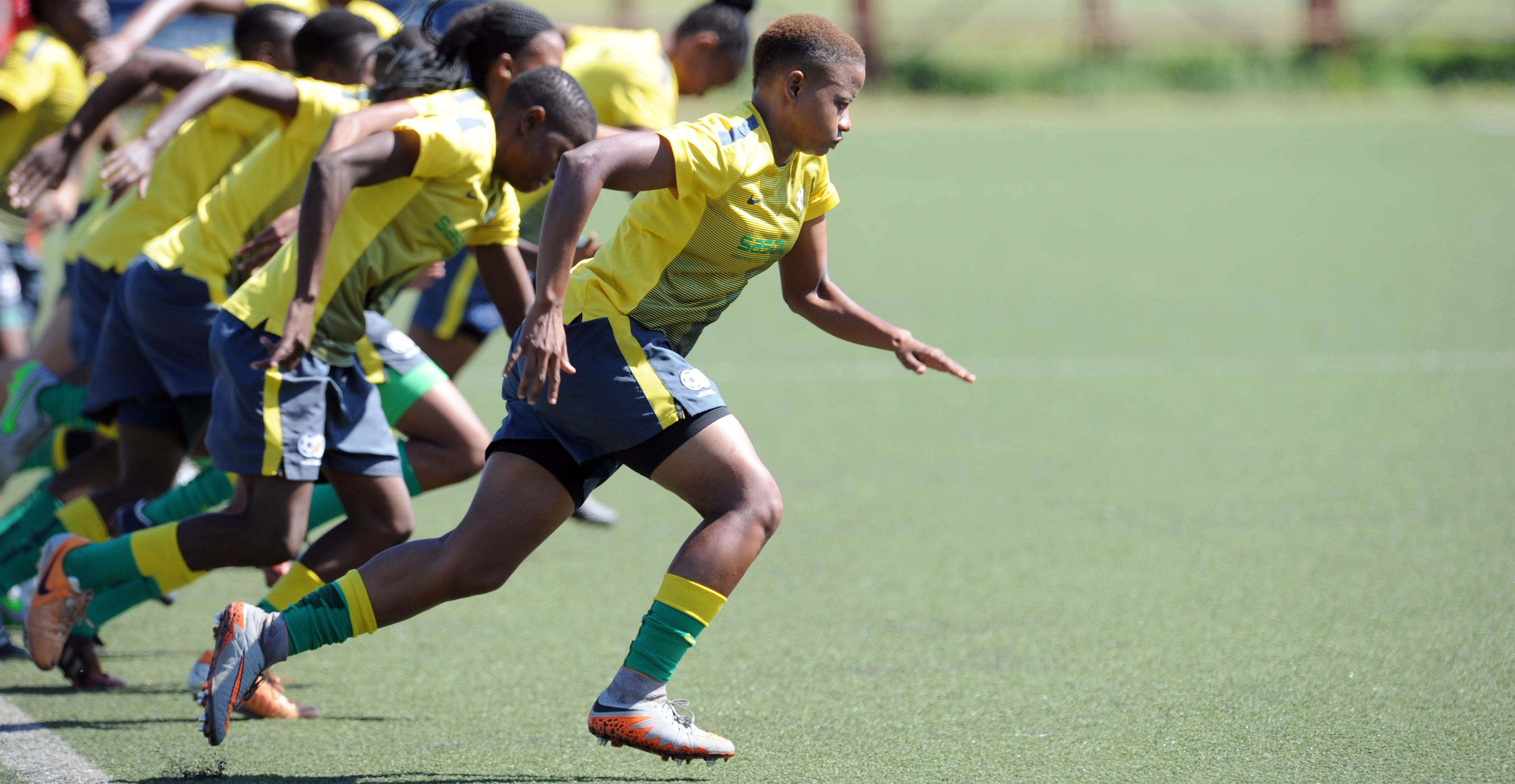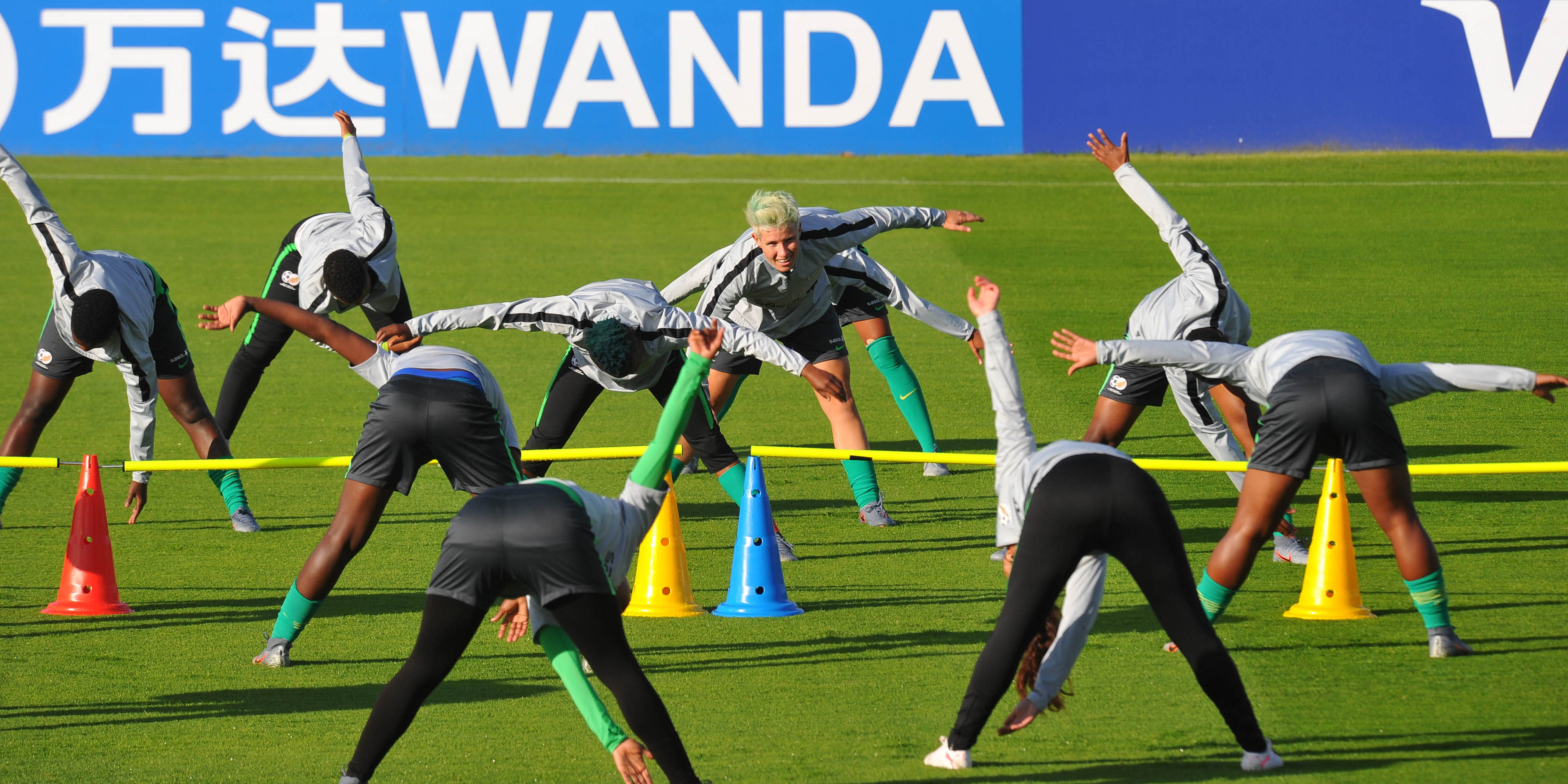On any winter’s afternoon in Cape Town, when the sun is hazy in the absence of the seasonal Cape Doctor – the wind that blows away all the pollution in summer – you can escape the hustle and bustle of Salt River main road by taking just one turn.
Dart down Shelly Road and within a few hundred meters you’ll reach a proverbial oasis. Well, if you can imagine an oasis framed by litter and cigarette butts.
If you hadn’t witnessed one of the many kickabouts that often take place here, you might think the field is a grazing meadow rather than a soccer pitch.
But those who take moments to pause will have seen some crafty exhibitions of skill, punctuated by infectious laughter we rarely experience in the flesh these days.
Accessible through its gaping main gate on Shelley Road – or through cunning short cuts in removed slabs of concrete for the svelte and savvy – the pitch is cradled by the matchbox semi-detached houses, a conveniently placed corner shop for post-match refreshments and the call to prayer, many have passed over its turf.
Walk right to the end of the field and you might wonder how many goalkeepers have let in a goal while staring up at Devil’s Peak towering over the suburbs below.
Close your eyes and you might just be able to imagine a little Desiree Ellis whizzing her way through gaggles of defenders to neatly tuck away a goal. It looked a bit different back then, before Salt River FC and Blackpool Sport FC merged. But if the parks could talk, they’d have one helluva yarn to spin.

Desiree Ellis, coach of South Africa during the South Africa Training Session at the UJ Sports Grounds in Johannesburg on the 17 January 2017©Muzi Ntombela/Backpagepix
Ellis’ story is a familiar South African anecdote. Players might have plied their trade on the pitch, but they sharpened their skills on the tar. In Salt River, a now gentrifying suburb of Cape Town, streets used to form their own teams, challenging each other to matches. Collective identities made way for ones defined by sign posts. The irony that the names of many racists and apartheid defenders – as they were and remain the street names – were being scribbled across shirts and used as an identity, probably lost on many.
In an age where swagger often overshadows substance, she is a breath of fresh air. She’s a bit like Arsene Wenger, the former Arsenal boss. Not because of Banyana Banyana’s empty trophy cabinet – despite their comparative success – but rather in the way they both approach the game.
Obsessed with soccer, an insatiable student of the game and not the least bit interested in the showmanship that so often grips modern coaches, Ellis is more reminiscent of that aunty who’ll give you a good paksla if you misbehave – because your parents gave her permission to.
But that demeanour belies her nature. Infinitely polite and a masterful tactician, Ellis has already achieved more with the South African national women’s soccer team in her short three years in charge than anyone who has come before her did in their entire tenure.
While a title might remain elusive for Ellis and her team, their appearance at the 2019 Soccer World Cup cannot be viewed without the contextual lens that filters so much of modern-day South Africa. For both Ellis and the women who represent the country, playing soccer is about so much more than just sport.
Their bow at the World Cup represents an intersection of sport and feminism. Many, Ellis included, have been told to “get back in the kitchen” or been mistaken for a boy at least once.
While not exclusive to the South African context, for years, soccer has inexplicably been viewed as something for men. However, that fallacy has not been challenged quite as vocally in South Africa as in other countries. Until recently, that is.
Even so, Banyana Banyana’s journey to the World Cup has been racked with challenges. From the racial segregation during the country’s apartheid years to the financial difficulties that they still face, the team’s fight for recognition is far from over.
A brief timeline of women’s soccer in South Africa
Across the world, women’s participation in sport was synonymous with misogyny. Whether they were barred outright from participation or passively patronised – in minds of the men who ruled the world, women never had a place on the sports field.
In South Africa, those issues were further complicated by racial segregation, an overtly patriarchal society across cultures and the apartheid sporting boycott.
Despite these challenges, many women tried to begin building the foundations for generations to come. Like much of South Africa’s history, the official account of how women’s soccer started and evolved is sketchy.

Players during the South Africa Senior Women team training on 12 February 2016 at Nike Training Centre Pic Sydney Mahlangu/ BackpagePix
During the height of apartheid, women’s football continued to grow. While access to facilitates was far more prevalent if you were white and middle-class, sport was a distraction for the realities of everyday life for millions. The history of these clubs and their players rarely get the recognition they deserve. But it doesn’t take much to uncover morsels of a time gone by that paint a picture of tenacity and a love of the game that’s so familiar across the world.
Regardless, few comprehensive accounts of the history of women’s soccer in South Africa exist. A microcosm, if you will, of the continued exclusion of women from the discourse.
Ellis, for example, played for the now-defunct Athlone Celtic over 100 times and later went on to establish two clubs herself. Joyces United, later renamed Saban United and Spurs Women’s Football Club.
Yet so neglected is the history of some of these clubs that they do not even have their own Wikipedia pages. Yes, that bastion of history that’s taken Encarta’s place isn’t exactly a benchmark for journalism, but the point remains: women’s place on the South African sporting field is easily distorted not just by the country’s grim history, but by patriarchy.
But we do know that they did not play their first officially recognised international match until May 1993.
Ellis herself played in that match against Swaziland, scoring a hat-trick. But her jubilation was short-lived. At the time, she was working in a factory and a puncture on her way back from that match resulted in her being fired from her job – for absconding – despite having told her manager that she’d been called up to the national side. These days, Ellis says that blow didn’t matter.

Banyana players during the 2019 FIFA Womens World Cup South Africa Evening Training on the 10 June 2019 at Paris, France Pic Sydney Mahlangu/ BackpagePix
That might be true now. And Ellis has been instrumental in advancing women’s sport. But the question is always, to what end? She’s been showered with accolades, most notably CAF Coach of the Year in 2018. She’s been involved in administration from provincial to national level.
But for years, she was playing second fiddle to international flavour in the coaching department. She, like so many other women before her, played with battered boots, taped up where they came apart at the seams.
Women’s sport: A mandate for inclusion
Official figures are hard to come by. While many pay lip service to changing women’s sport, few take action or even attempt to act. While some countries have long since started professionalising their women’s teams, many of South Africa’s best players either have to go play overseas to earn a living or work part-time jobs to keep their dreams alive.
While South Africa was one of the first countries to sign the Brighton Declaration – an agreement to advance the growth of women’s sport – parity is a long way off. Nowhere else is this more evident than at the Olympics.
Considered the pinnacle of elite sport by many, the numbers are lacking. There might be a lot of strategies, committees and mandates signed, but there’s little to show for all of that.
South Africa’s female Olympians by the numbers – vs men
This is not because women aren’t interested in sport. It’s because those tasked with doing so aren’t interested in helping women in sport.
Banyana by the numbers
Two games, two losses against vastly experienced opposition, South Africa’s World Cup dream is all but over. They can take some comfort in the fact that they held their own against both Spain and China, but Ellis and her squad are far beyond patronising platitudes that they can “be proud of being there”. While that is true – and they deserve tremendous credit for what they have achieved against the odds – they are not interested in celebrating mediocrity. They are professionals and deal with defeats like all professionals do.
Unlike with the national rugby team, where leaving these sunny shores is frowned upon, players are increasingly encouraged to go play overseas.
While that does help in the short term, the transferral of skills that players bring to these clubs is so limited because they spend so little time together.
And, the old chestnut of formally organised school sport remains a sticking point. If opportunities do not exist at grassroots level, it becomes infinitely more difficult to refine the skills needed to earn an overseas contract.
Money is fundamental to tangible change, but so is some basic respect. A comprehensive statistical database of the national team’s historic results is lacking – most of the popular archives date back only to 2006.
Awareness, too, matters more than anything. An overview of some basic metrics compared to the men’s team reveals some striking patterns.
For the media coverage, we used a simple search function for the team names on some of the most popular news websites, locally and internationally, and worked out an average difference in coverage dedicated to teams, based on search results.
By the numbers
While the figures used above don’t paint the full picture, it does give an overview of where there’s a shortfall. For South Africa’s women, the fight for recognition is a long way away from making the back page. DM



















 Become an Insider
Become an Insider